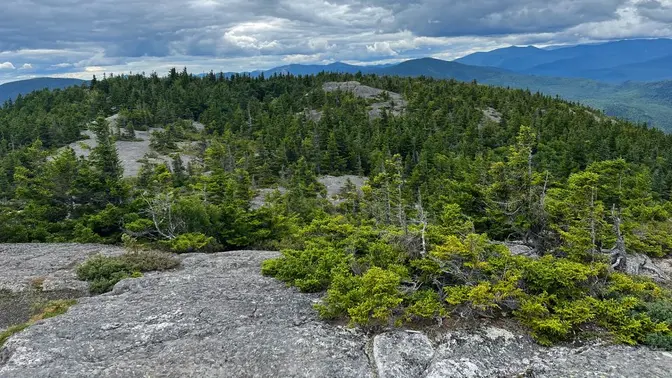T4K3.news
Ancient mantle advances Toward New York
A deep mantle anomaly linked to a historic rift is migrating toward the NYC region, reshaping ideas about eastern North America’s interior.

A deep mantle anomaly beneath New England is migrating west toward the New York area, revealing a long history of continental breakup.
Ancient Mantle Instability Advances Toward New York
A study published in Geology analyzes the Northern Appalachian Anomaly, a large zone of unusually hot, low density rock about 400 kilometers across and roughly 200 kilometers beneath the Earth’s surface in the asthenosphere. Researchers trace this feature to the Labrador Sea rift that opened as Greenland and North America pulled apart about 85 to 80 million years ago. They describe the anomaly as a Rayleigh Taylor instability that began during the breakup and has been migrating west southwest at about 22 kilometers per million years, a pace that aligns with global mantle convection models.
Seismic imaging beneath north central Greenland shows a mirror image anomaly of similar size and depth, supporting a common origin for the two features. The study also points to the Central Appalachian Anomaly as a potential younger sibling, suggesting mantle instabilities can occur in chains. While the NAA does not threaten people now, its existence changes how scientists view the tectonic stability of eastern North America and the long term evolution of the continent.
Key Takeaways
"a legacy of continental rifting and breakup"
Co-author Sascha Brune describes the origin of the NAA
"they are not isolated anomalies but part of a much older geodynamic story"
The study emphasizes the broader significance of the NAA
"the conventional picture of the eastern United States as geologically quiet, structurally stable region does not account for the possibility of migrating mantle plumes or instabilities beneath the crust"
The article contrasts traditional views with new findings
These results push researchers to see the deep Earth not as a distant engine but as a living part of the planet that silently shapes surface geology over tens of millions of years. The idea that deep mantle processes can migrate across a continent challenges the image of a quiet interior.
In practical terms, the finding invites a broader view of what citizens should know about our planet. Explaining deep time and mantle dynamics helps connect distant Earth processes to the landscapes and histories we observe today. Clear communication is key to avoiding alienating the public with abstract concepts, while still conveying their significance.
Highlights
- Ancient Earth writes the map of continents
- Mantle upwelling is a slow stubborn force behind how land moves
- Mantle instabilities can occur in chains
- Deep time shapes the surface we live on
Earth history continues to unfold beneath our feet.
Enjoyed this? Let your friends know!
Related News

Mantle Blob Beneath New Hampshire Shapes Appalachians

Mantle blob may shape future Appalachians

Massive underground blob could reshape New York City

Hot Blob Discovered Beneath Appalachians

Mantle anomaly mapped beneath Appalachians

James Webb will study extreme lava planets

Geological Study Links Hot Rocks to Ancient Rift

Ancient artifacts reveal Earth's magnetic history
